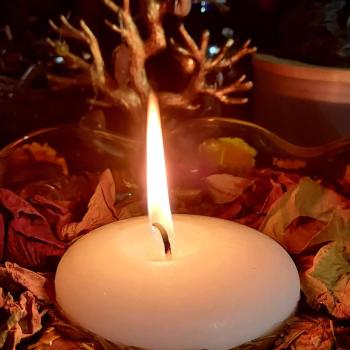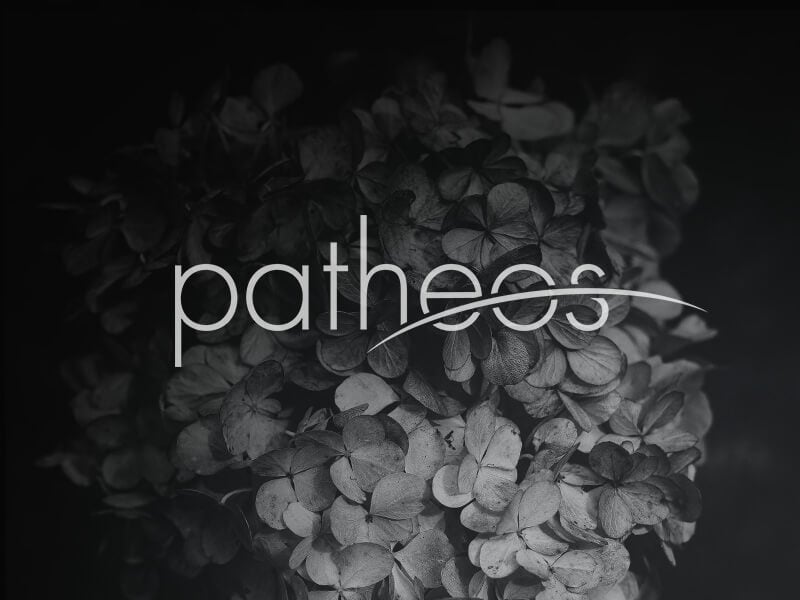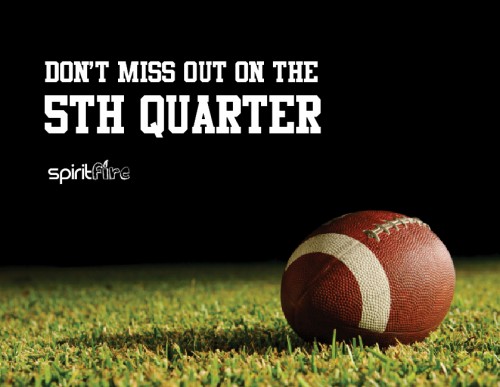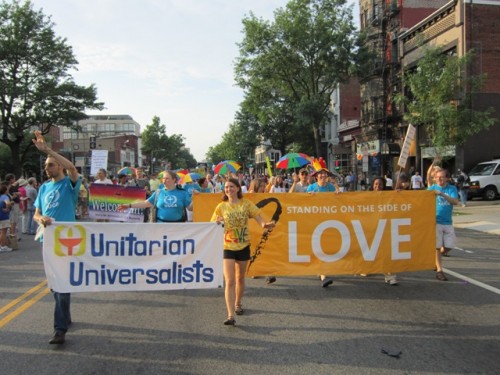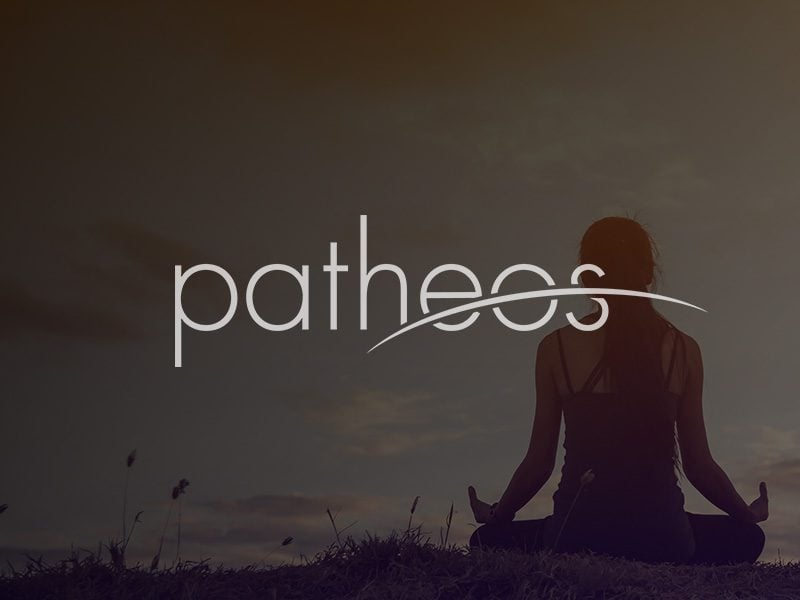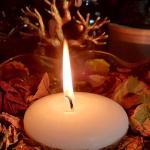This year Pagan Spirit Gathering (PSG), a Midwest Pagan festival that’s been running for more than 30 years, broke attendance records, drawing over 1000 people to the week-long event. The West Coast Pagan convention PantheaCon, held each February in San Jose, California, has gotten so popular that they’ve introduced a new reservations system to prevent individuals from gaming the system. Pagan-friendly fantasy-oriented events like Faerieworlds are anticipating record-breaking numbers this Summer, and even brand-new Pagan events like Paganicon in Minnesota are growing at a healthy rate. It seems like Pagan festivals and conventions, at least in the United States, are doing great, but are the days of the large Pagan event that draws a national or even international audience numbered? That’s what Frater Barrabbas Tiresius at the Talking About Ritual Magick blog argues.
“There are many factors that are shaping the future in which we will live and they will probably have a profound impact on Pagans and Wiccans being able to assemble in large groups, unless of course, those groups are local and sustainable in the long term […] times are indeed changing and the need for such large gatherings may have achieved the upper limit in terms of both usefulness and sustainability. By usefulness I am saying that merely getting together for what would seem to be mostly a social gathering with sprinkling of some workshops, presentations, rituals, live music and the selling of obscure books and goods may not represent what is really needed or relevant for our growing population of practitioners and followers. By sustainability, I am thinking of the availability of resources to gather together in large regional or even international groups. Traveling by car or plane does impact the environment with pollutants and it also uses up precious resources, namely fossil fuels. These resources will probably become a lot more expensive in the decades ahead.”
In short, if I’m reading Frater Barrabbas’ argument correctly, the looming reality of peak oil, the effects of global warming, along with other factors, will eventually make the larger gatherings too expensive for anyone outside the immediate area to attend. That right now we are witnessing the upper limit of the Pagan festival phenomenon, one that might continue for several more years, but will eventually crumble. Is this prediction accurate? We are certainly seeing hotter summers each year, and scientists predict this will be the norm, with some areas seeing “the permanent emergence of unprecedented summer heat” in the next 20 years. Already, the record-breaking heatwaves being experienced in many parts of the United States are causing disruptions in all aspects of our transportation grid, a situation that could worsen as average summer temperatures increase. If long-range transportation becomes unreliable during the summer months, that would certainly keep many people close to home.
Environmental shifts changing the way we live our lives was recently discussed here at The Wild Hunt in a review of John Michael Greer’s new book “The Blood of the Earth.” Greer reminds us, and has been reminding us for years, that things will eventually change. That we cannot be forever insulated from the reality many parts of the world already face, resource shortages, and ever-inflating prices for the kind of travel we once took for granted. That we as Pagans, many of whom claim a special connection to the natural world, need to be ready to experience and live in this shift. This is echoed by Barrabbas, who advocates that Pagans start acting like those days are already here, and plan their events accordingly.
“As followers of earth-based spirituality, we should not only be aware of these facts, but actually embrace them and start planning and acting as if those times were already here.”
Barrabbas’ post is just the first in a series, one that I look forward to reading, especially his conclusions and recommendations, but I can take a few guesses of my own at where this line of thinking will go. Primarily, face-to-face Pagan events will become either regional or hyper-local affairs, and that national and international figures in the Pagan community will increasingly have to “attend” such events virtually. That “Pagan community” will increasingly lean on the powers of social networking to bind itself together. This reality is, in many respects, already here. Sociologist Helen A. Berger, in a revisitation of her Pagan Census project from the late 1990’s, noted that we are becoming increasingly solitary and eclectic, and that a majority of us already depend on the Internet as our main interaction with co-religionists and adherents of other Pagan faiths.
“Solitary practice and training outside of groups, most likely through books and the Internet, appears to be the future of the religion.” – Helen A. Berger
Noted figures in our community, like T. Thorn Coyle, have already begun embracing a model that integrates virtual communication into their teaching. Producing a subscription web-series that students can use, including a private forum, giving access to Thorn and her teachings, without the need for her to travel constantly. The next step would seem to be virtual panels and virtual presentations at Pagan conventions and events that couldn’t afford to fly in a “big-name” Pagan. This would not only be “greener” but will ultimately be the only practical way to host such an event on a limited budget.
I think the age of the virtual and the hyper-local are upon us, and the quicker we accept that and learn to adapt, the better. Larger Pagan events can prepare now by investing in the infrastructure necessary to have a virtual component to all indoor events that used to welcome several noted teachers or religious leaders (projection screens, audio equipment, computers). We should set a goal so that in the next ten years, we will be ready for when these shifts in lifestyle become mandatory, rather than a lifestyle option. As Pagans, we can set an example for how to keep our communities close-knit and vibrant while dealing with the ramifications of our society’s choices. In a way, our heavy reliance on social networking, on virtual communication, to bind us together gives us a necessary head start. One we should exploit to make our events as environmentally sustainable as possible.
For more on this subject, stay tuned to the Talking About Ritual Magick blog, and I hope to revisit this topic after his series is completed, talking with some festival and convention organizers about what they think will be sustainable in the coming decades.




